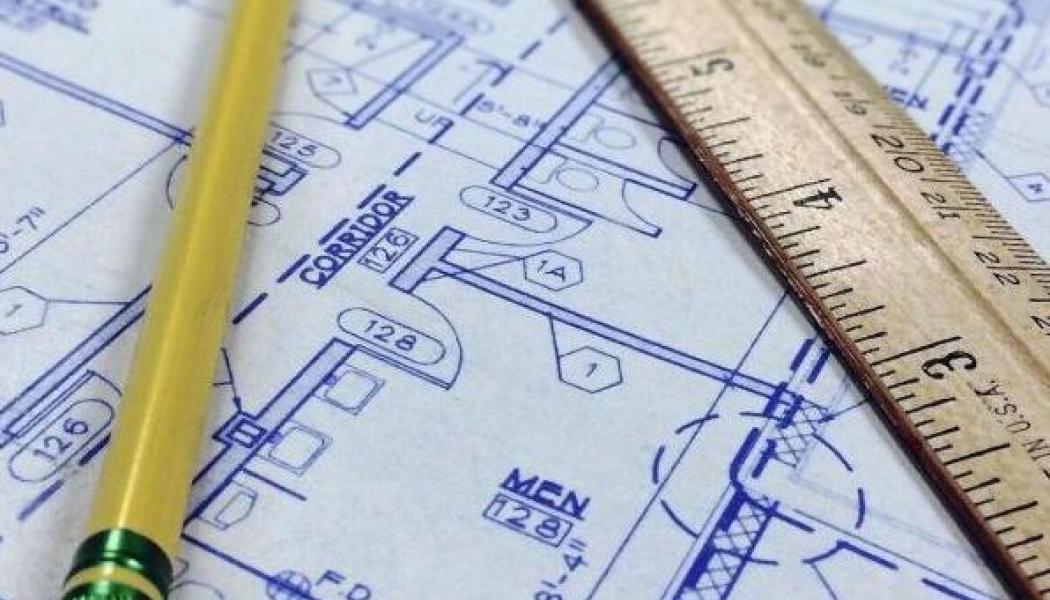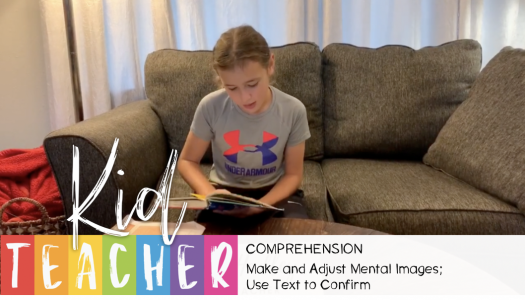
Allison Behne
Years ago, when I first decided to try Daily 5, I read the book with a colleague and we attempted to put it into action based on what we learned from the text. We had previously used literacy centers, and we basically tried to integrate Daily 5 into our current model. Each day we celebrated what went well and collaborated on the challenges we were facing. About four months in, we were pleased with the progress, but we still had quite a few questions and areas that needed improvement. At that point it seemed like Daily 5 just added a little structure to our centers. Then, we went to a Daily 5 workshop, and it all became clear. We were using pieces of Daily 5, but we were not using it as it had been designed.
We had assigned students to a task each round and spent our time keeping them focused on the assignment. We helped with technology during Listen to Reading and conferred with a student or met with a small group when we could. Our students seemed to enjoy it, but we still had behavior challenges, and we were not getting to instruction they desperately needed. We had missed core components of the implementation plan.
Here is what we know: If we want to make Grandma’s cookies, we follow her recipe. Similarly, if we are building a house, we follow a blueprint; when sewing a dress, we study a pattern. A plan exists to provide structure and routine and often serves as a “how-to.” Of course, once we get good at something, we may make a few tweaks, always keeping the core components intact to maximize the outcome. Grandma’s recipe will always call for flour, home building will always require wood, and sewing a dress will always require fabric.
Teaching with Daily 5 is much the same. Daily 5 is a structure for our literacy block. Because it is not a scripted program, the content can be differentiated to meet the needs of our students. However, certain core components can’t be removed if the result we desire is engaged, independent students who can participate in authentic literacy tasks for extended periods of time.
The blueprint to Daily 5 success contains
- choice,
- the 10 Steps to Teaching and Learning Independence,
- authentic reading and writing tasks,
- graphing stamina, and
- sharing.
If we build the framework with these core components, we’ll have the foundation to support any curriculum or meet any student need. Want to know more? Dive into the Essential Elements. I wish I had had this document when I started. Everything you need to understand, prepare, teach, and support a Daily 5 classroom can be found there. It is the exact foundation you need to build a year in which student literacy thrives, no matter how you are being asked to deliver it this year.







